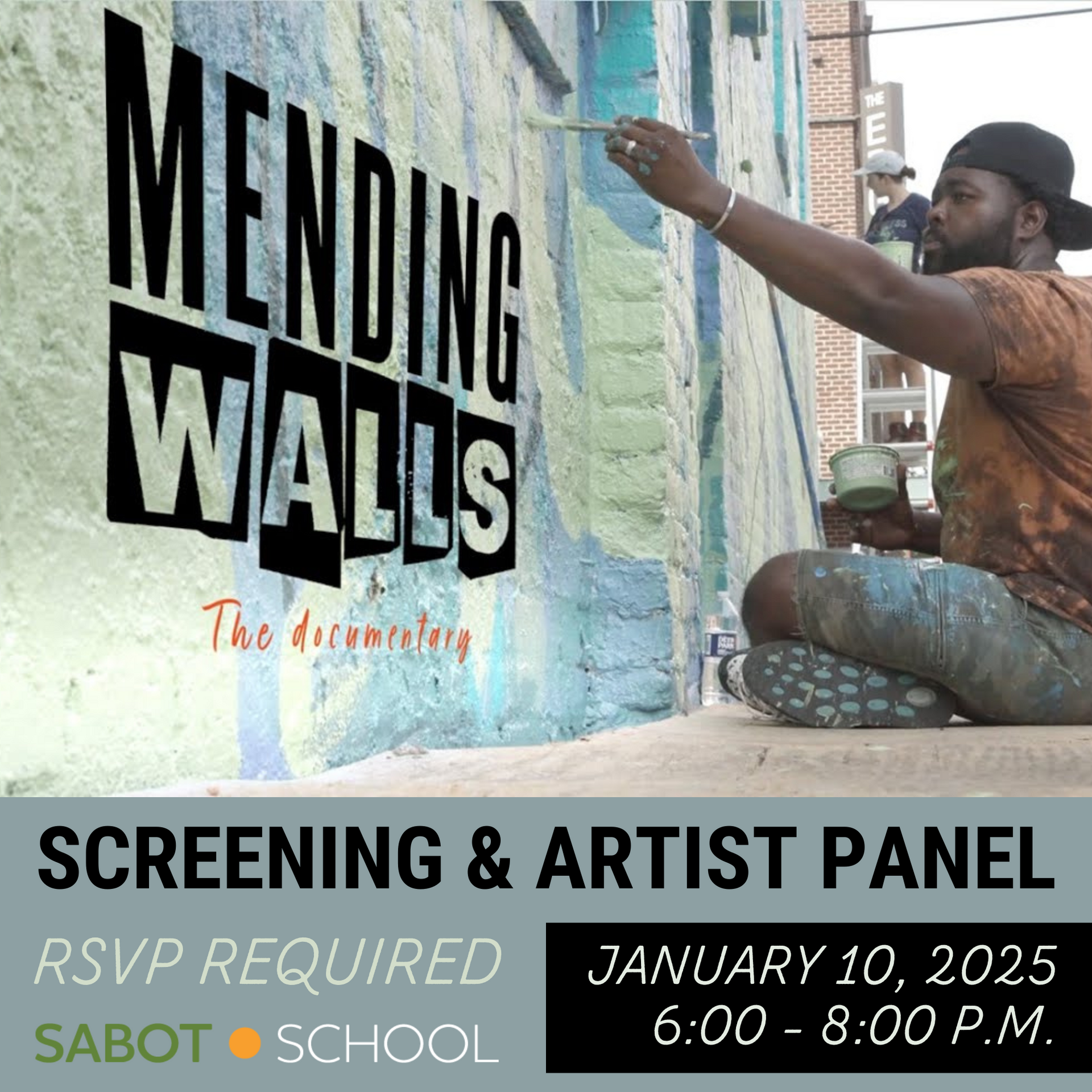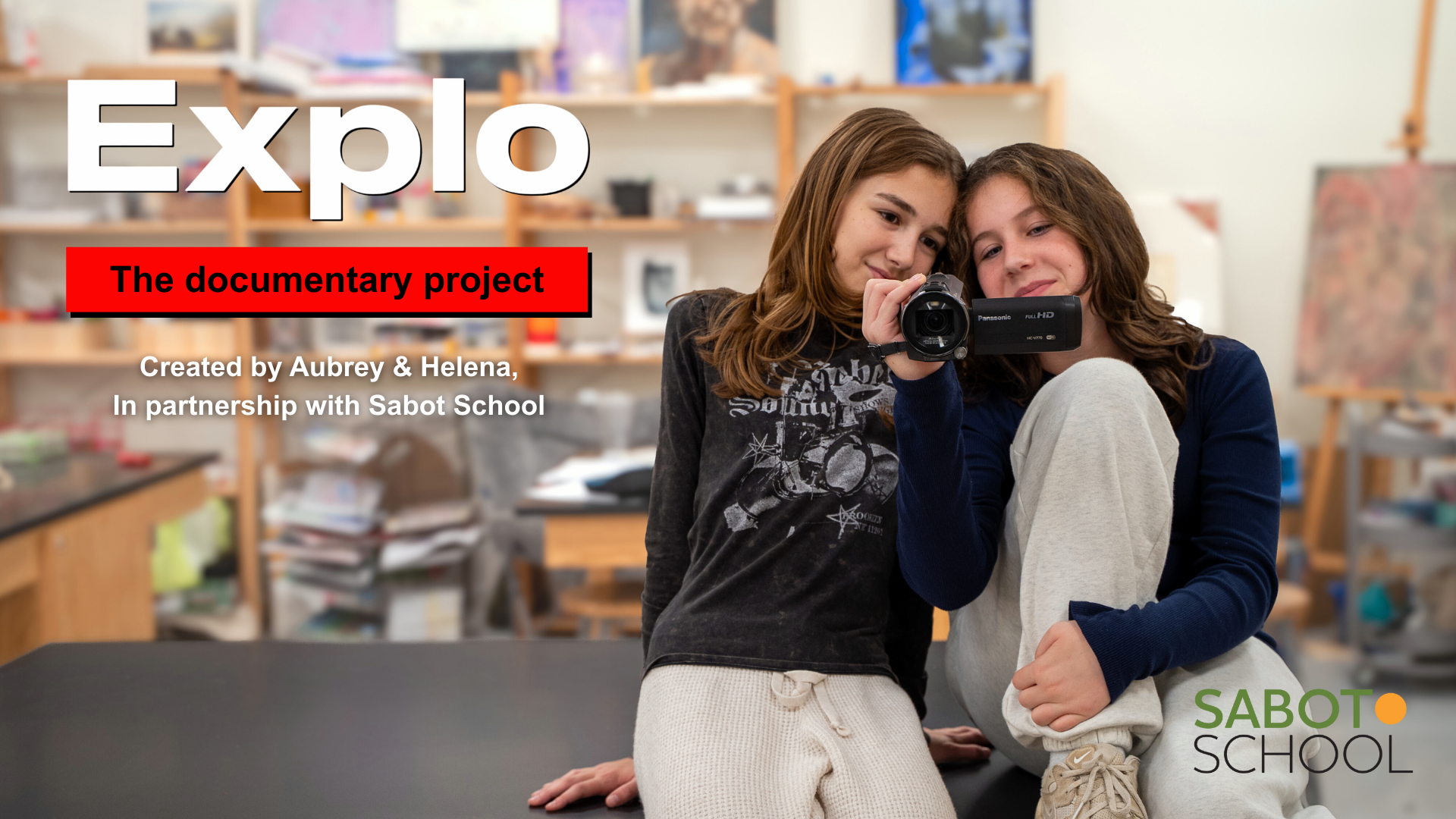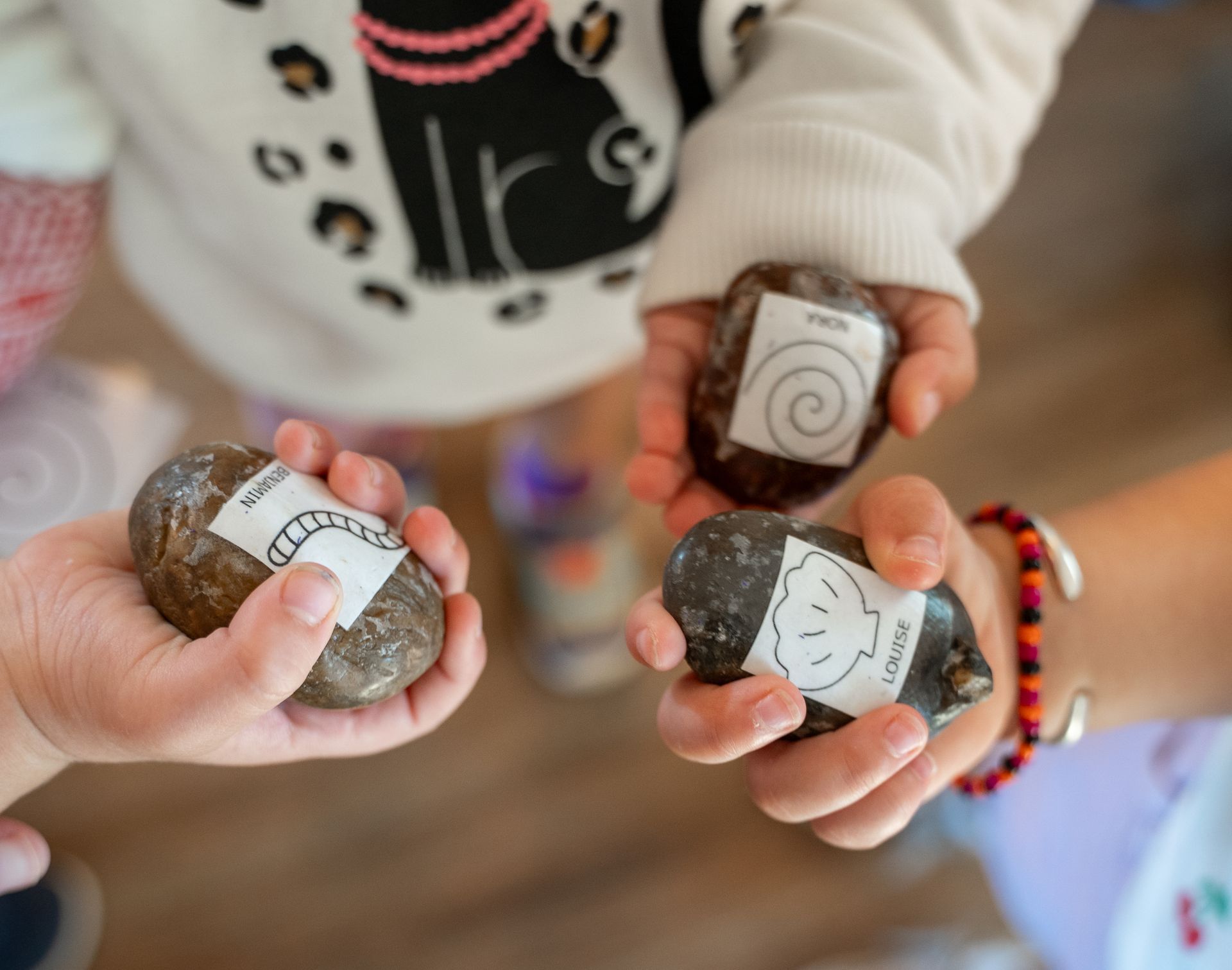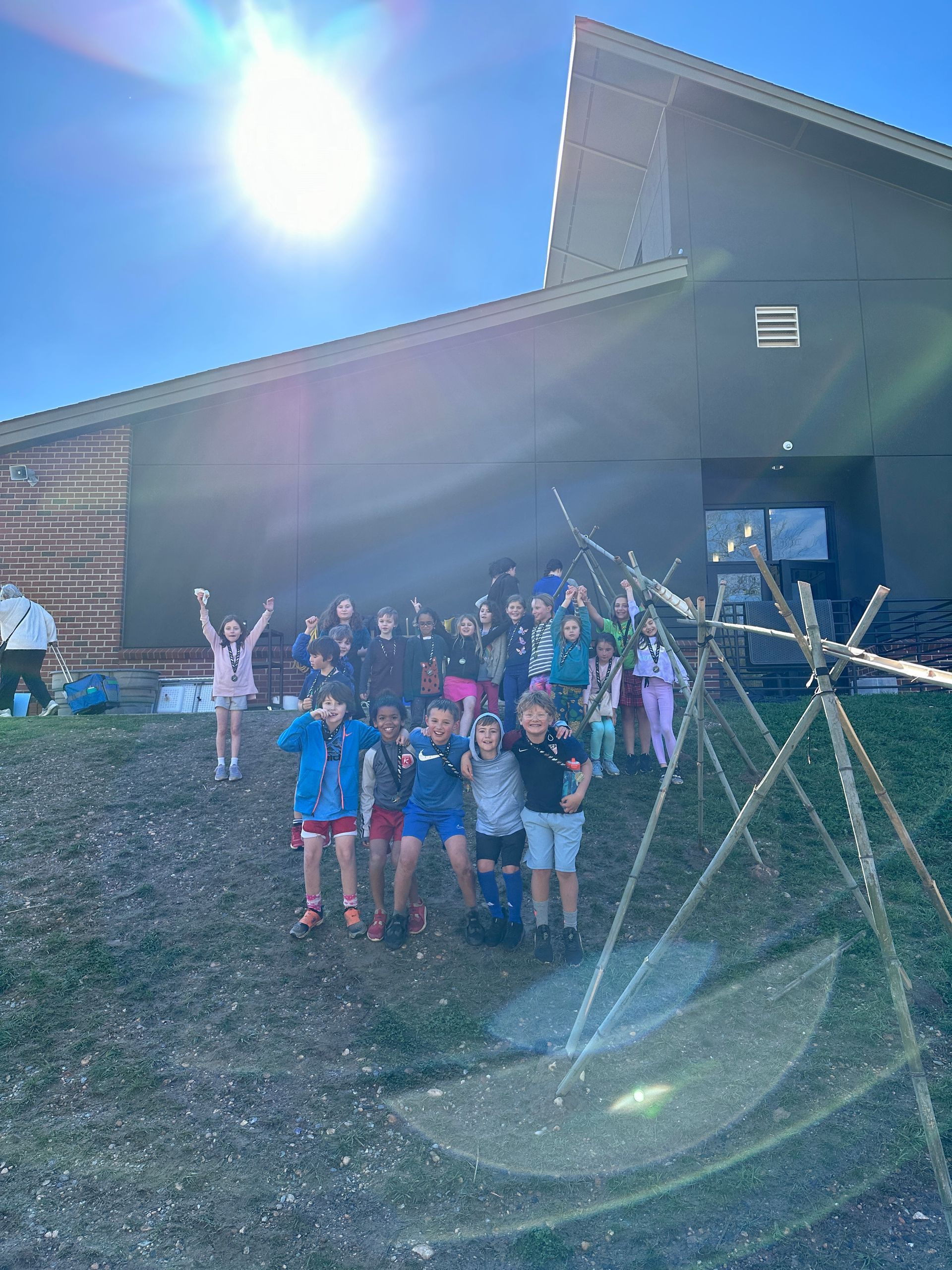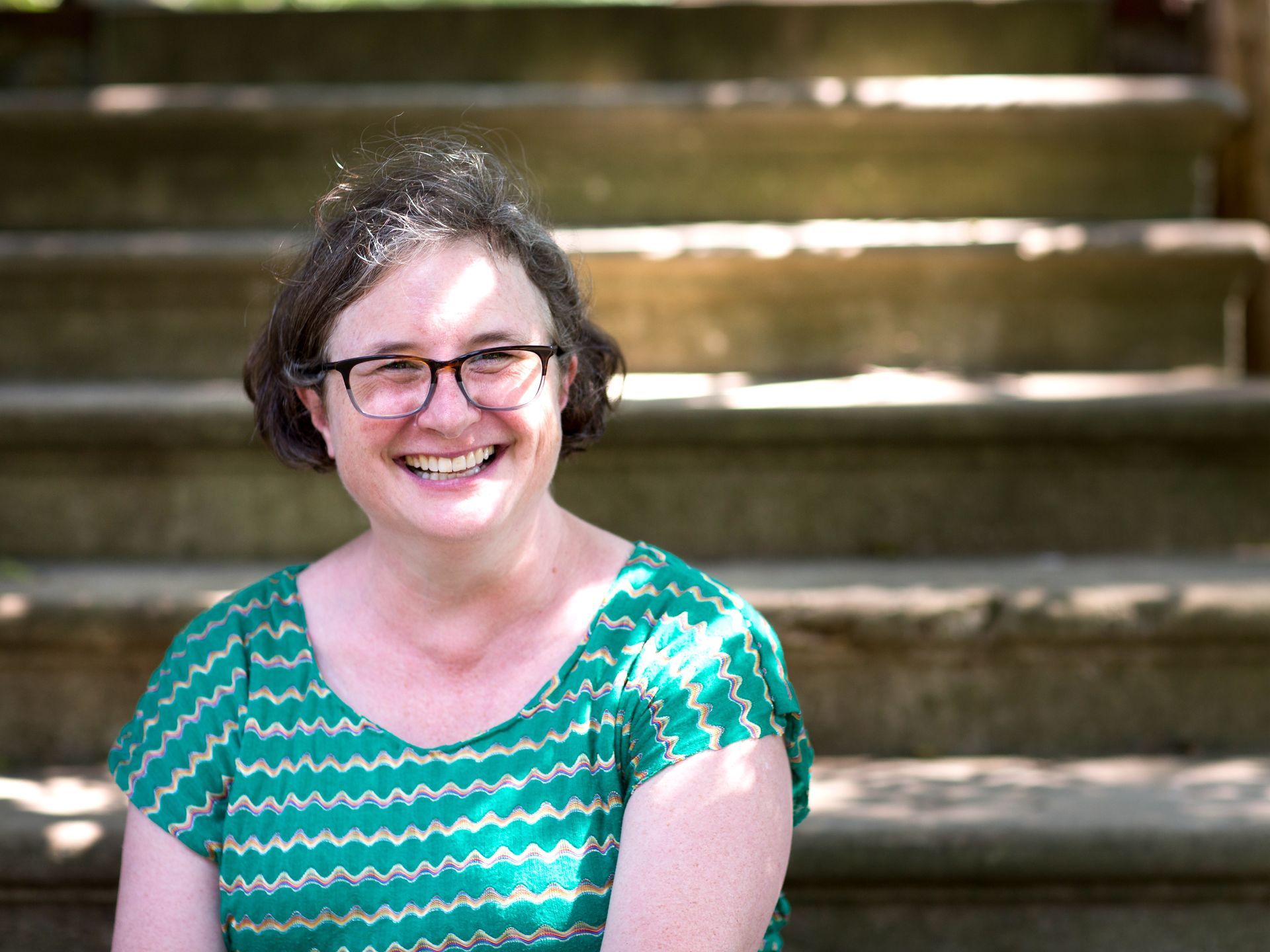We are now well into the addition and subtraction unit. You will see that the benchmarks include adding and subtracting efficiently. We are working on a variety of strategies to add and subtract in this unit. The first question you will ask is: why, if efficient strategies are the objective, is the US algorithm not the most prominently featured? Well, for a couple of reasons.
The first reason is that the US Algorithm does not do something called “preserving place value.” This method of adding was developed when paper was expensive and education was expensive. It made it possible for people who knew only their “basic facts” to add accurately- sort of like making them calculators. The calculator can generate the correct answer if you press the correct buttons. The calculator does not know why its answer is correct, and it does not know what to do with the answer.
When we add using the algorithm, you can hear us think aloud: 6+7=13, carry the one…. Well, if it was really a “one” we wouldn’t be carrying it anywhere. It would stay in the ones column. I find that children who have been thoroughly trained in this method can make mistakes of huge magnitudes and be completely unaware of it, even when they are asked to think about it again. When all of the addition steps are reduced to the basic fact level, the reality that you are really adding up other place values is completely obscured. Sometimes, even leading questions such as: “well, could 10,000 and 30,000 add up to 3,000?” have no effect.
If you don’t know what you are doing when you are adding or subtracting, you have no way to judge if your answer is correct, close to correct or nowhere near. The US Algorithm exacerbates this problem by starting to add on the right, with the smallest place values. Take, for example:
If you start from the right, with 7+6 =13, you are still nowhere near the answer.
On the
other hand, you start with 300+400=700, you know that the answer must be at least 700 to be correct. You have estimated without an extra step. You could arrange the problem in the same way and start on the left.
Using this similar method, you have not lost sight of what you are adding.
There are many ways to arrange addition and subtraction problems on the page. Your students may stack the numbers, make lists of steps on the page, or use a number line to arrange their steps. These are all fine ways.
This was an accurate, and fairly boring, rationale for why we teach addition and subtraction this way. Now for the fun and exciting reason. This way to learn builds number sense and mental math prowess like nothing else. Since I began teaching this curriculum, my own computational skills have improved immensely, and I see it in my students each and every year. These “strange ways” of computing that you see in the book are how mathematicians do it.
To add 1,399 to 419, just change the 1,399 to 1,400, add 419- you can do that in your head- and remove 1 (you added it to 1,399) from the answer of 1,819 for an answer of 1,818. MUCH easier than all of that pesky regrouping, and no paper needed. At first, I thought the book was using specially “easy” numbers to make this look easier than it was, so I put these techniques to the test. I used all random numbers and did problem after problem. With a little practice, I could hardly find a “hard” set of 2 numbers to add. If I were to have to add a long column of 4 or 5 digit numbers, the algorithm is still there. But when was the last time that you did that without a calculator?
It’s not that I want the children to think about what they are doing instead of doing it. Accurate addition and subtraction are at the core of this unit. They will have to get the answers right. But by considering what they are doing, instead of blindly following a procedure,they will gain huge benefits. They will be much more likely to know if they are right, and much more likely to know what to do with the answer when they get it.
